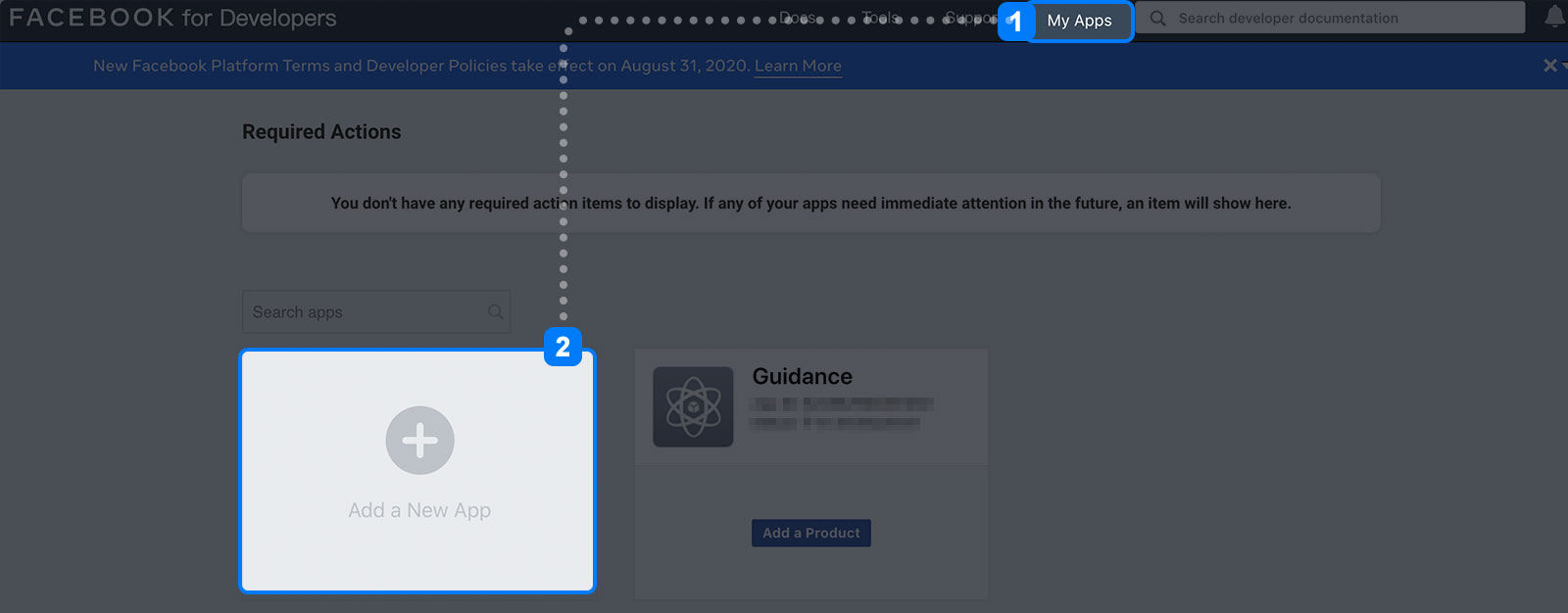
- GENERATE RELEASE KEY HASH FOR FACEBOOK ANDROID STUDIO ON MAC HOW TO
- GENERATE RELEASE KEY HASH FOR FACEBOOK ANDROID STUDIO ON MAC FOR ANDROID
- GENERATE RELEASE KEY HASH FOR FACEBOOK ANDROID STUDIO ON MAC CODE
So you cannot run an Ionic-capacitor app using a command like ionic run ios. Instead, such operations occur through the platform-specific IDE.
GENERATE RELEASE KEY HASH FOR FACEBOOK ANDROID STUDIO ON MAC FOR ANDROID
Instead, configuration changes are made by editing AndroidManifest.xml for Android and ist for Xcode
GENERATE RELEASE KEY HASH FOR FACEBOOK ANDROID STUDIO ON MAC CODE
That means, Capacitor wants you to keep the platform source code in the repository, unlike Cordova which always assumes that you will generate the platform code on build time

Ionic people call these apps “Native Progressive Web Apps” and they represent the next evolution beyond Hybrid apps. But there are some limitations of Cordova, which Capacitor tries to overcome with a new App workflow.Ĭapacitor is a cross-platform app runtime that makes it easy to build web apps that run natively on iOS, Android, Electron, and the web. Cordova helps build Ionic web app into a device installable app. Capacitor - How is it different from Cordova ?Ĭordova has been the only choice available for hybrid app developers for quite some time. Cordova/Capacitor is the build environment that containerizes (sort of) this Ionic web app and converts it into a device installable app, along with providing this app access to native APIs like Camera etc. So, by default, Ionic cannot run as an app in an iOS or Android device. Ionic is only a UI wrapper made up of HTML, CSS and JS. It is important to note the contribution of Cordova/Capacitor in this. With Cordova (and Ionic) you can write a single piece of code for your app that can run on both iOS and Android (and windows!), that too with the simplicity of HTML, CSS, and JS. Both of these are powerful but complex languages. If you create Native apps in iOS, you code in Obj-C or Swift. So, in other words - If you create Native apps in Android, you code in Java. Apps can be built with these Web technologies and then distributed through native app stores to be installed on devices by leveraging Cordova environment. It provides tools and services for developing hybrid mobile apps using Web technologies like CSS, HTML5, and Sass. Ionic is a hybrid mobile app development SDK. You probably already know about Ionic, but I’m putting it here just for the sake of beginners. Let’s see a brief intro to each of the included frameworks: Code for this tutorial is available on Github repo ionic-angular-capacitor-facebook-login This post is focussed on Ionic framework with Angular as the front-end framework, and Capacitor as runtime and build environment.



GENERATE RELEASE KEY HASH FOR FACEBOOK ANDROID STUDIO ON MAC HOW TO
In this post, you’ll learn how to implement Facebook login in your Capacitor apps, based on Ionic Angular framework.


 0 kommentar(er)
0 kommentar(er)
